By M M Goel
For me, the lockdown was a shock on March 25, 2020, with a pinch of salt. As an Indian, I confess that I may be shame proof but not shockproof. I have heard of a shockproof watch not getting easily damaged if hit or dropped. But I fail to comprehend the shock bearing capacity of the Indian economy depending on the informal sector to some extent. I know many Indians don’t have the capacity of buying food for a day with no purchasing power. There are enough beggars in my beloved India who manage their survival. However, for the people who cannot beg and want to work to earn their livelihood, it has become difficult in the lockdown period. Now the post lockdown Indian economy is of great concern so let us see the lockdown in Indian economy.
Actual impact of lockdown will depend on severity and duration of the outbreak
Post lockdown
The nature and extent of the actual impact of lockdown will depend on the severity and duration of the outbreak that is still unknown. The impact of COVID is felt across sectors including tourism, SMEs, and retail among many others.
Restarting economy
To restart the economy, India will have to resort to a sweeping nationalization of some if not many things including religious places having sufficient gold and wealth. For survival, existence, and excellence to those who have shock bearing capacity, we need to ask such stakeholders to take the initiative for the recovery of the economic cost of the lockdown in an evolutionary manner.
India will have to resort to a sweeping nationalization of some if not many things including religious places having sufficient gold and wealth
To reduce COVID spread, the lockdown has been giving both a demand and a supply shock to the Indian economy. Indians cannot spend because of social distancing and physical restrictions. Only a few factories are running at their lowest capacity. It’s writing on the wall that a precautionary increase in savings and reduction in discretionary consumption, especially on travel and recreational services will weigh on the growth rates in the post COVID era.
Impact of lockdown
The biggest lockdown of the world has shut a majority of the factories, businesses, educational institutions, suspended flights, stopped trains, restricted movement of vehicles and the people at large, This historical lockdown might cost the Indian economy of at least Rs 10 lakh crore which is still uncertain.
To contain the spread of COVID, Prime Minister Narendra Modi announced a nationwide complete lockdown with effect from March 25, 2020, that brought as much as 70 percent of economic activity, investment, exports, and discretionary consumption to a standstill. However, the operation of essential goods and services such as agriculture, mining, utility services, some financial and IT services, and public services continued.
Lockdown will cost the Indian economy over Rs 35,000 crore every day
The Acuite Ratings & Research Ltd estimates that the lockdown costs the Indian economy almost $ 4.64 billion (over Rs 35,000 crore) every day.
Economic crisis is bigger than expected but difficult to quantify
The losses to truckers during the first 15 days of lockdown estimate about Rs 35,200 crore considering an average loss of Rs 2,200 per truck per day. More than 90 percent of about one crore trucks in India are off the roads during the lockdown as only essential commodities are on the move. It will take at least 2 to 3 months for truckers to limp to normal scale after lifting of lockdown.
Economic point of view
From an economic point of view, the crisis is bigger than expected. It is difficult to quantify the implications on the global economy including India in terms of recession, bankruptcies, unemployment, underemployment, farmers’ suicides, white-collar crimes, terrorism, exploitation, discrimination, deprivations, and discontent among the stakeholders.
There is likelihood of discontent among various actors of the economy leading to agitations by the trade unions including government employees for the discriminatory approach towards them
IMF has estimated the cumulative loss of around $9 trillion to global output over two years. India’s tightest lockdown in the world for flattening the COVID curve will have a proportionate economic consequence.
Post lockdown challenges
My intention is to draw the attention of the government on certain challenges which I foresee in post COVID era including discontent among various actors of the economy leading to agitations by the trade unions including government employees for the discriminatory approach towards them including freezing the dearness allowance (DA) which is a compensation for the inflation in the economy.
Rebooting economy
A look at the growth forecast shows that – Western Europe is going down with -6%, America little lower with -2.8%, and China is up by +1% and India +2.1%. Being an optimistic needonomist, I believe that the growth rate is a relative concept and if honest efforts are made to revive, we will prove to be the fastest-growing economy. The concept of Hindu Growth rate conveys the built-in capacity of the economy. There is a need for certain measures like converting Khadi Village Industries Commission (KVIC) into MNC for giving a brand name to the goods produced by MSMEs. As these MSMEs are surviving with difficulty and need the support of this kind to compete in the global market. We need a rainbow revolution in the agriculture sector with full sensitivities of the stakeholders including the three-tier government of federal India.
Once the battle against the virus is over, the economy has to kick start again.
The V shaped curve of revival appears to be difficult but not impossible as we have ‘demographic dividend’. We can do wonders with the proper mix of the policies and programs without hypocrisies of Swadeshi in a closed economy but an open economy with self-reliance as an objective. But it calls for discipline at all levels in various sectors of the economy.
There is an opportunity to revive the Indian rural economy faster than the overall economy but calls for providing urban facilities in rural areas
The wave upon waves, people across the states, and cities are returning to their native places in the villages. Being Needonomist, I call it an opportunity to revive the Indian rural economy faster than the overall economy. There is a need for providing urban facilities in rural areas (PURA) as called upon by Late APJ Abdul Kalam former President of India.
Read: Villages: The New Wheels of Economy in Post-Pandemic World
Post lockdown human resource
As of April 12, 2020, India’s unemployment rate has risen to 26%, according to the recent report. So, what would happen to employment in India after COVID? And what will happen to the daily wagers, professionals, who lose their jobs? And what are the measures we need to take, to tackle the unemployment in India?
I always look towards unemployed and underemployed youth to be terrorist who deserves empathy (not sympathy). But sadly there are many who are careless and useless and not employable by the employers. The real challenge is how to make them careful and useful with discipline. Tackling the increased unemployment in post-COVID India is a challenge. It calls for job creation which needs discipline in the economy. To do so, there is a strong case for compulsory five-year military service as practiced in South Korea.
Along with the stimulus package, there is a need for removal of fear and work without worries
There is a less cash flow in the Indian economy, there is a demand for the stimulus packages for the revival. To my mind, for the faster revival of the Indian economy, the removal of fear and work without worries (www) is required more than stimulus- the real www instead of the virtual www.
For the good to the human being with a common-sense approach, we need to mobilize the human conscience with faith.
Impact on education
There is an imparting of education through the internet by using WebEx, Skype, Zoom, and MS Team, etc. In present times, the use of the internet is not a luxury but a necessity. The skills in information technology (IT) are necessary for survival and existence with AI but not sufficient. To make it sufficient, we need morality, credibility, and accountability (MCA).
Read: Resuscitating Migrant Workers to Economy
Online education cannot be a substitute for offline education in institutional setup
But completely replacing educational programs towards online is not good. I believe, online education cannot be the substitute for offline education in the institutional setup system as it will deteriorate the standards which are not desirable for the economies of the world including India. There is always a trade-off between quantity and quality and in the name of the quantity we forego quality. Both can coexist but cannot survive long in isolation.
Economics of need
In my well-considered opinion, we need to adopt the principle of Needonomics and become street SMART and SIMPLE and observe the things with optimism with hope to revive soon. It is difficult to predict the time period but it should be normal by 2030 i.e. the target year for attainment of 17 SDGs. We need one voice to come out of the crisis by fuelling the faith in all the stakeholders of the economy.
For details visit: Ministry of Finance
To re-establish the economy, we need honest, humane, and hardworking human resources capable of handling AI with real education. The proper, productive, and practical (3P) use of hands, heads, and hearts (3H) will help in development in the post COVID era.
Post-COVID need is to have honest, humane and hardworking human resources capable to handle AI with real education as a proper, productive and practical (3P) use of hands, heads ad hearts (3H)
To make India rich in all its dimensions, we need real education with a changed mindset by accepting the realities of built-in inequalities in terms of gender, education, income and wealth, etc.
We, the people of India need to become ‘Trustees’, not owners of the wealth and property. Need is to increase the shock bearing capacity if not becoming shockproof for the lockdown making history of its own.
Disclaimer: The views expressed in this article are of the author solely. The Rise.co.in neither endorses nor is responsible for them.
About the author
Prof. Madan Mohan Goel, Former Vice Chancellor and proponent of Needonomics..

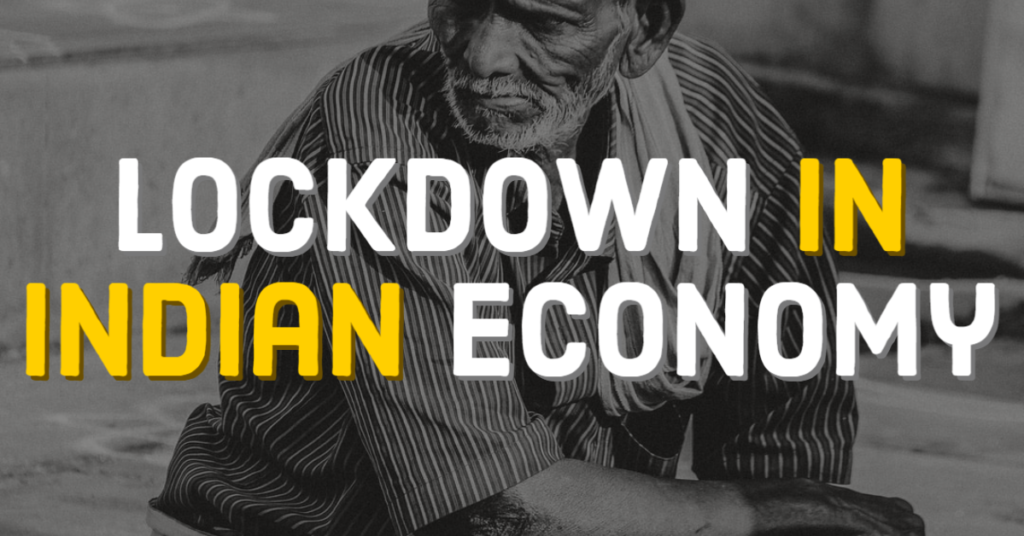

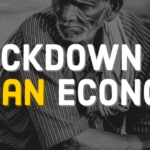




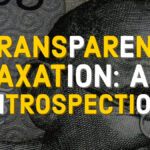








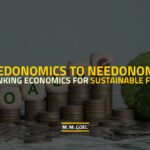



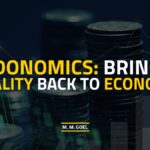

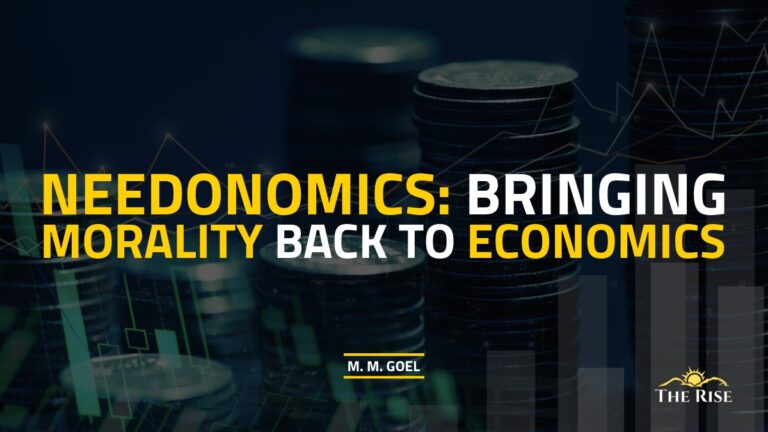


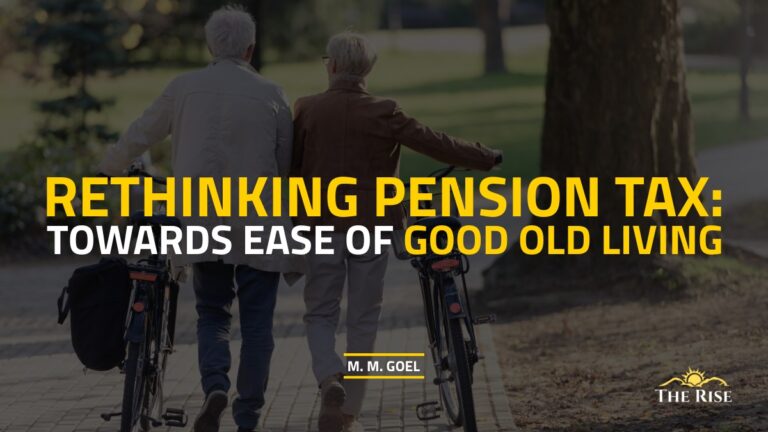
Pingback: Liquor as Cash Cow for Financing - TheRise.co.in - M M Goel
Pingback: Ensuring Education in Post-Pandemic Era - TheRise.co.in
Pingback: Path of Revival for Global Economy - TheRise.co.in
Pingback: GST and Governance in India - TheRise.co.in - M M Goel